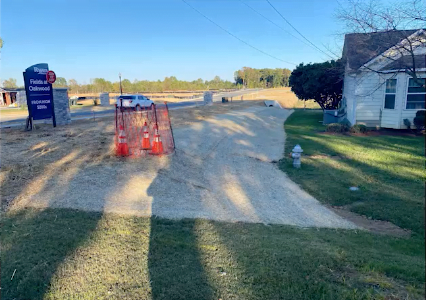The effects of urbanization are widely recognized. Over the years, rain events have become more intense and increases the frequency of flooding. Coupled, this leaves what once was farmland at risk. Under the Clean Water Act, regulations have been established to improve the conditions of receiving waters. White House, TN, a small Phase II MS4 located 20 miles north of Nashville, is required to implement standards that reduce discharges of pollutants into US waters and mitigate flooding.
With over 11.22 mi2 of total area, a population of 12,506 people and two impaired streams, urban planning and infrastructure are critical to program effectiveness and permit compliance. The City received its Stormwater Notice of Coverage effective on May 1, 2017. Currently, the City has 15 active construction sites with over 2,450 residential homes and 8 commercial developments that collectively must address water pollution. Ensuring compliance involves planning for runoff, maintaining drainage systems and regulating the collection, movement and storage of stormwater. These best management practices protect the environment, reduce localized flooding, support viable waterways and create a more sustainable community. The City employs six minimum control measures to evaluate and execute a comprehensive stormwater management plan. This presentation highlights some of the trials and errors of development, implementation and enforcement and hopes to provide reference to individuals in the stormwater management field.
About Instructors




